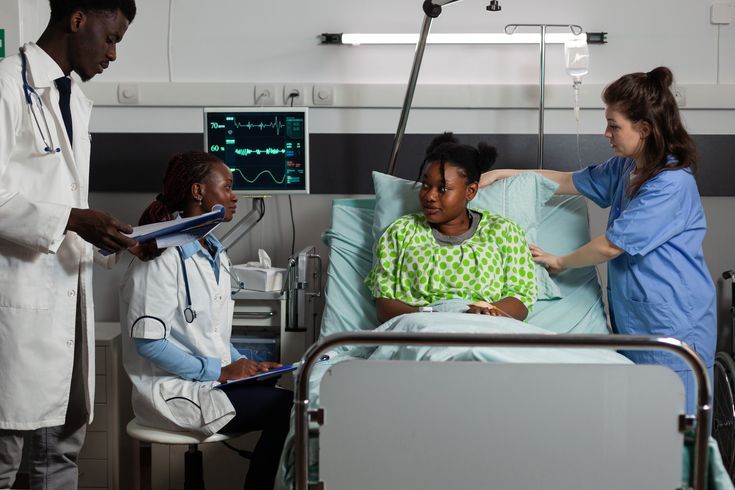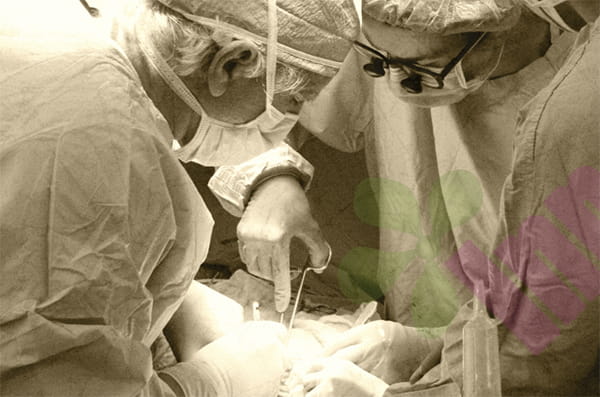More than 11 million people suffer from burns every year, 70% of whom are concentrated in low-income countries. The risk of death caused by the lack of treatment resources in poor areas is ten times that of developed countries. The latest research from the University of Bristol in the UK has revealed this shocking medical gap. This multinational survey, led by Holly Richards, a senior researcher at the NIHR Bristol Biomedical Research Center, systematically outlined the fracture map of the global burn treatment system for the first time by analyzing more than 1,600 front-line feedback from 88 countries.
Research shows that there are three fatal shortcomings in the current field of burn treatment: insufficient evidence for emergency treatment, lack of psychological intervention for pain relief, and lack of low-cost solutions. What is more worrying is that 90% of the world's burn research funds go to developed countries, resulting in "life-saving solutions not being adapted to local conditions." "In Malawi, we have seen patients abandoned by their husbands due to facial burns; in India, some families have forced their seriously ill relatives to leave the hospital because they could not afford the medical expenses," Richards revealed to this website that this resource mismatch directly increased the risk of death - burn patients who could have survived in developed countries often suffer lifelong disabilities or even lose their lives in poor areas due to poor infection control and lack of rehabilitation treatment after skin grafting.

The data reveals the cruel reality: 180,000 people die from burns every year worldwide, 90% of which occur in low- and middle-income countries. Mark Fisher, director of the Johns Hopkins University Burn Center, pointed out: "In Baltimore, children with severe burns can receive treatment from a team of experts within hours; but in resource-poor areas, delayed transfers and a lack of specialist medical care often mean lifelong disability or death." The study particularly emphasized that medical technology breakthroughs such as skin substitutes and new dressings have always been isolated from poor areas, and the self-funded medical system has turned away countless patients.
The survey drew a priority roadmap: the first thing to do is to establish emergency treatment guidelines that are "adapted to local conditions", especially key links such as fluid resuscitation and wound treatment; the second is to fill the gaps in pain management and psychological rehabilitation, and finally to develop low-cost monitoring tools suitable for poor areas. Fisher called for the establishment of a transnational emergency network: "When disaster strikes, burns never recognize national borders. Maintaining global burn treatment capabilities is not only a humanitarian responsibility, but also a common security need for mankind."
It is worth noting that, through the James Lind Alliance mechanism, the research team has for the first time incorporated the real experiences of patients and medical staff into the setting of scientific research priorities. This "bottom-up" paradigm shift may provide a new solution to solving global health inequalities. As Richards said: "We need to know what kind of seeds can bloom and bear fruit in different soils - this is related to the survival dignity of millions of burn patients."

 English
English عربى
عربى Español
Español русский
русский 中文简体
中文简体













.jpg.png)
.jpg.png)


